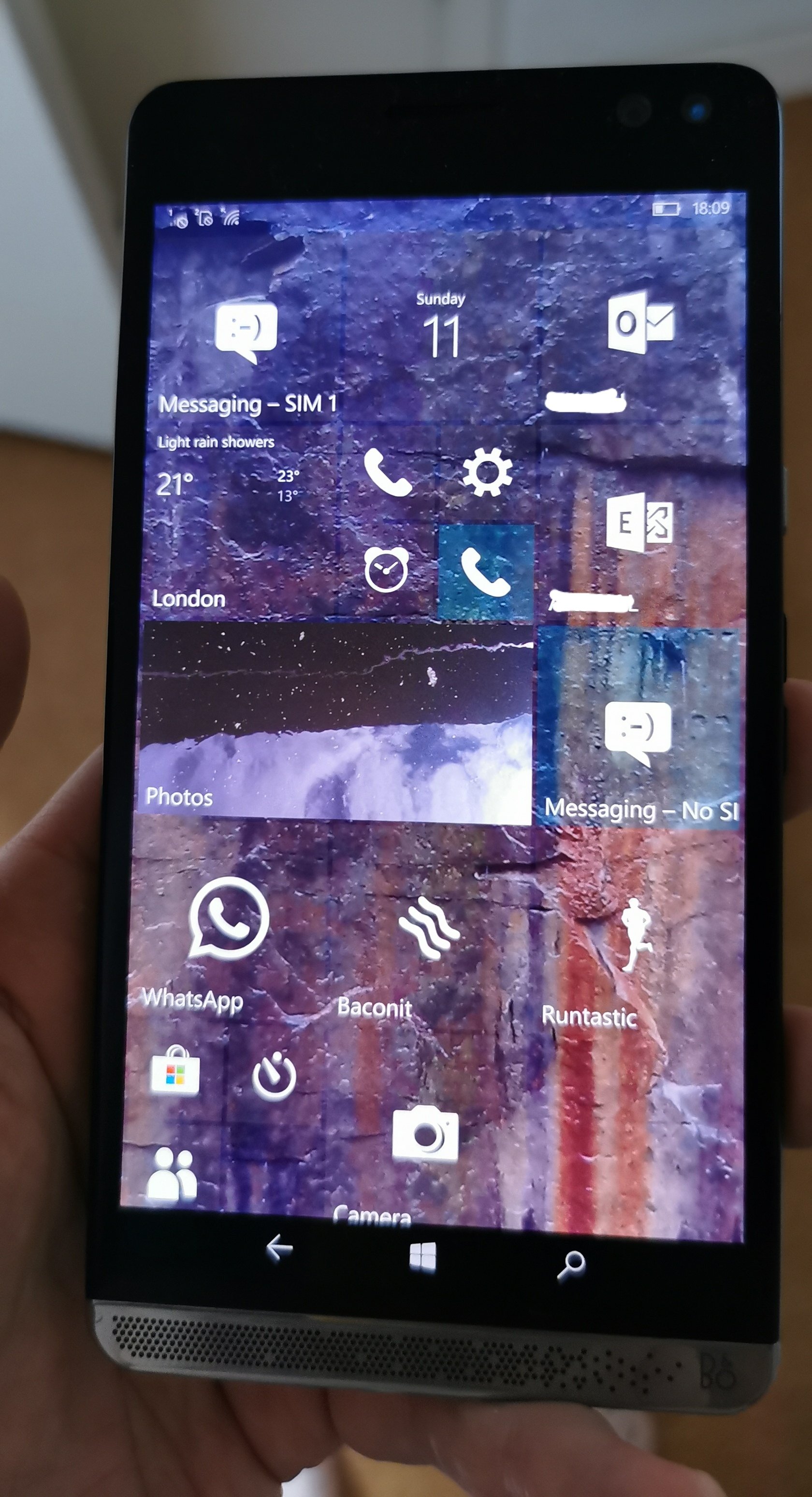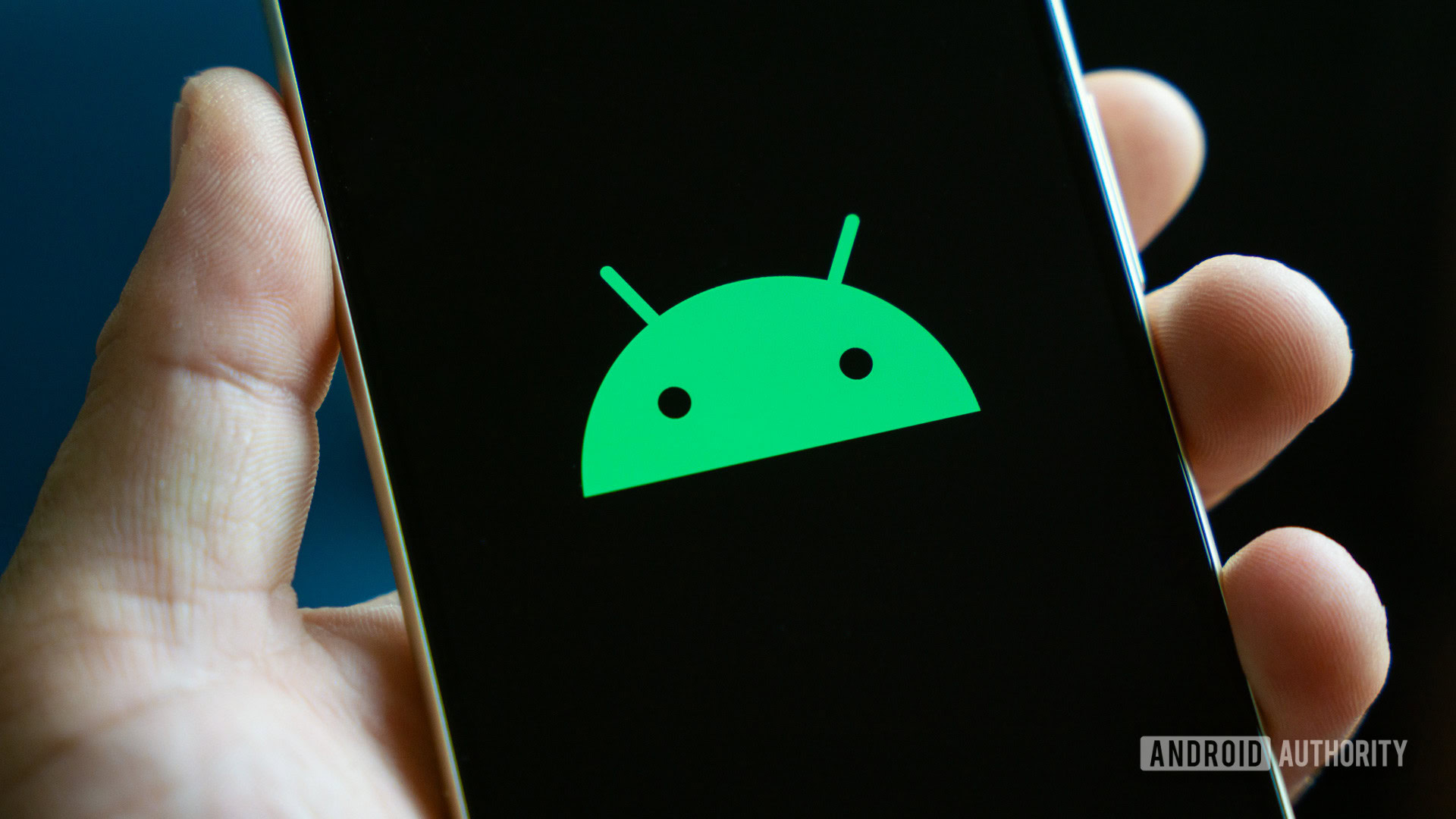TL;DR
- Efforts like Graphene OS face increasing pressure from apps that refuse to run on non-standard Android.
- The custom ROM project characterizes Google’s approach to device attestation as incomplete and flawed.
- Graphene OS is prepared to take legal action if Google won’t let it pass Play Integrity checks.
yeah. like my manufacturers’ 3-year-old, full-o-spyware ROM is more secure than latest clean installed lineage.
they just want control, not security. and with banking apps becoming a necessity, i’m starting to be forced to return to stock.
Hell yes.
It’s fucking open source, this is no different from games with intrusive anti-cheat refusing to run on Linux, except in this case it’s not even a different OS.
It’s monopolistic and anti-user.
I really hope the GrapheneOS team succeed. Custom ROMs are reason I’m really into tech today. Coding, FOSS, Linux, etc. all that came from rooting my dad’s HTC phone back in the day. Google shouldn’t cannibalize its children.
Google shouldn’t cannibalize its children.

besides these two lazy kids and the witch who just wants to eat there’s also the hungry stepmom who pushed the idea and the deadbeat dad who went along with it (until both women die and he ends up the hero)
Sounds like the
GoogleAlphabet familyThe pattern feels like a-b-c sometimes, but the rebranding keeps the story feeling fresh
Even without the custom ROMs, the whole Android ecosystem is a colossal fucking mess.
I’ve got old apps that won’t work any more. It’s not even compatible with itself.
People give Windows a load of shit, and deservedly so for some of it, but it’s a million times more usable than Android when you want shit to “just work”.
I’ve got old apps that won’t work any more.
People give Windows a load of shit… but it’s a million times more usable than Android
Where do you run your old Windows Phone apps nowadays? What about new Windows Phone apps?
On my Windows Phone silly

Ah, memories.
Memories? Pssshhhh, he took that pic an hour ago…
The world of mobile phones is a real world example of what we avoided on the PC back in the day when the IBM BIOS got reverse engineered, allowing for someone to put out an IBM compatible PC without having to pay the tithe to big blue first. Not that IBM didn’t do their level best to put those efforts in the ground with their lawyers and the courts as soon as they found out about it. Thankfully the legal system of the time didn’t allow that to happen.
It has been pretty depressing to me that the tech literate have been so easily lulled into accepting such things in the name of “cool toys” and “security” virtually everywhere in modern life besides the PC/laptop/server spaces.
Phones, TV set top boxes, smart TVs, IoT gear. They are all a cesspit of locked down propitiatory and gate kept gardens where nothing happens without the gardens keeper getting a cut and having final say over everything.
This sort of control and gatekeeping from the likes of Google, Apple, and Qualcomm was not something that was hard to see coming a mile away, yet we all collectively let it happen anyway.
The PC was stolen fire from the gods. aRM snapdragon X will take back our fire, turn PC into smartphone on the desktop.
Heracles could shoot the eagle and break the chains, but then Prometheus might inform Zeus of the path to Troy. Titanomachy is one way of exchanging fire, but I’m human and content to hand it back and forth between each other. The pain of letting go is nuclear enough after Gaia and Uranus’s Family Vacation tore valleys through the mountains.
The only reason I stopped using grapheneOS was because Google contactless payment didn’t work.
Loved everything else about graphene thoI’ve never used contactless on my phone, I already had a contactless debit card. Why are you, and others, using their phones to pay?
I can create a virtual card before every trip, use it via my phone and then cancel it after the trip, never worrying if my card got skimmed anywhere for one.
For some fucking reason there is zero option for this type of secure virtual card in my country. And I hate it. A friend got skimmed for over $1200 a couple months ago.
I hope some OEM (especially those opposed to google) picks up and develops mainline linux like Pine Phone. There are already several mobile UXs and distros with prebuilt images available as well, and it has been shown multiple times that Android apps can run fairly easily on linux. It would be a big risk, but I think it’d at least find a market success like the Steam Deck.
Android in its current state is the same as Chromebooks. A glorified walled garden of google’s crappy choices & DRM which just so happens to run on the Linux kernel because it’s free. People downvote me for this, but I maintain that even Dalvik and the android runtime itself is an inefficient relic of 10+ years ago when mobile devices had at most 2gb of ram and a tiny low power ARM processor.
It runs like complete crap sometimes on modern devices despite huge advancements in the underlying tech. It feels like a knockoff JVM which is already a known memory hog.
On top of that, it sticks with single kernel releases with proprietary OEM binaries so you have devices out here running on kernels as old as 3.x because no custom ROM will be able to recompile the device modules for a newer kernel.
It is almost hilarious to me that Moonshell, a multimedia homebrew software for the Nintendo DS (4mb of RAM), has more complete features, file compatibility, and better UI design than at least 95% of the music apps on Google Play. And it was written by literally one guy. I was honestly surprised at just how many music players lacked functionality as basic as supporting m3u playlists.
I hope some OEM (especially those opposed to google) picks up and develops mainline linux like Pine Phone.
Huawei is being forced to do it. But like Android, their HarmonyOS is not 100% open-source. There’s also KaiOS, which some Nokia and Alcatel, and all Jio, devices use.
even Dalvik and the android runtime itself is an inefficient relic of 10+ years ago when mobile devices had at most 2gb of ram and a tiny low power ARM processor.
Both the ones I mentioned are designed to be more memory efficient. KaiOS in particular is aimed primarily at feature phones and entry-level smartphones.










